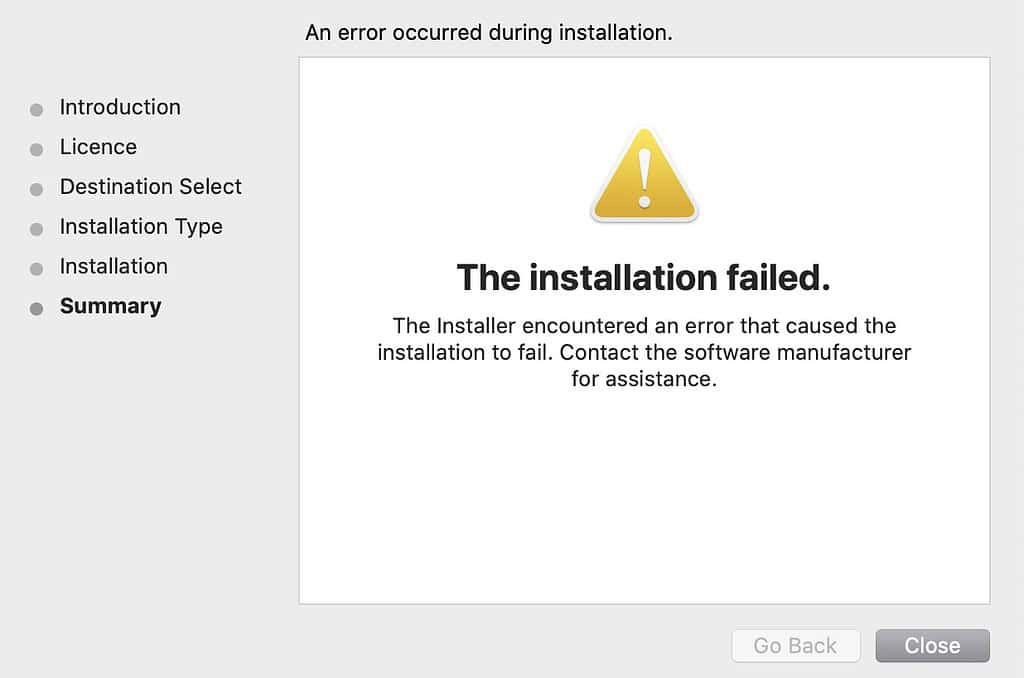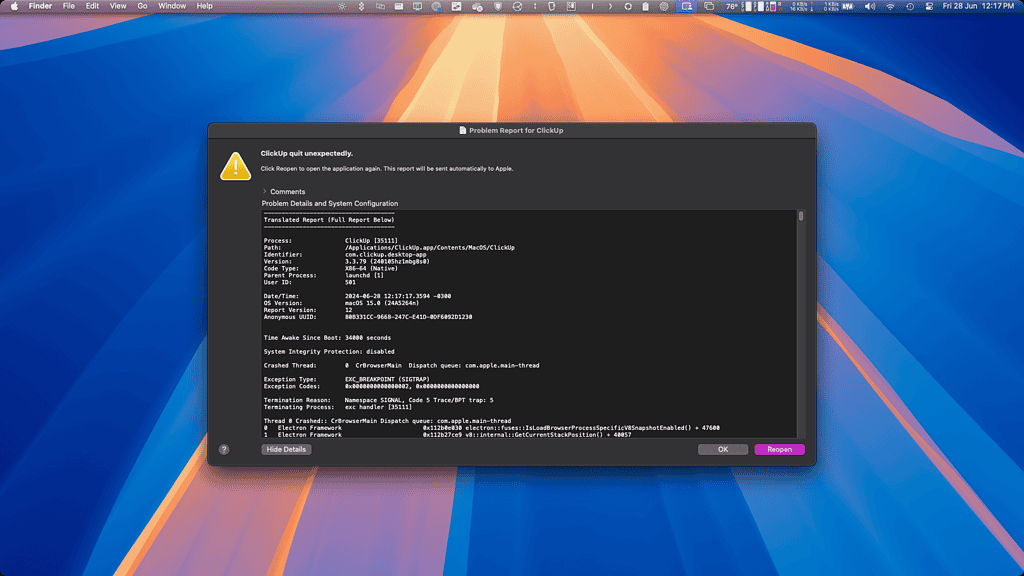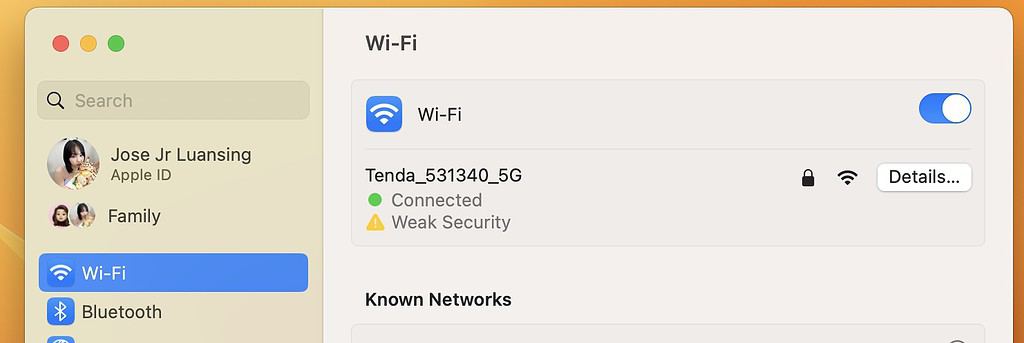Apple just released the second update to macOS Sequoia. It builds on the initial release, which was a bold shift from macOS 14 that introduced a sleuth of functions. However, with new features come new challenges. And it’s only natural to have doubts about whether you should or shouldn’t update to macOS 15.1.1 because of them.
Instead of jumping in without a second thought, it’s worth taking a moment to weigh the pros and cons. Apple updates are generally safe, but it’s always smart to tread carefully. After all, your (expensive) Mac is on the line.
Reasons to Update to macOS 15.1.1
Critical Security Patches

This update addresses critical vulnerabilities in two core components of the macOS browser framework: JavaScriptCore and WebKit. JavaScriptCore interprets JavaScript for web browsers, while WebKit powers macOS-based browsers. And in the first macOS Sequoia release, a bug allowed attackers to execute arbitrary code by luring users to malicious web content.
Apple addressed the issue by implementing stricter input validation and memory handling protocols within these components. This translates to enhanced protection against potential malware or phishing attempts.
Enhanced Stability
macOS Sequoia faced issues with unexpected app crashes and system freezes. Users had trouble managing multiple apps. According to forum reports, the problem stemmed from inefficient memory allocation and background process handling.
Apple refined them by optimizing system-wide resource distribution. These changes reduced the risk of crashing and improved overall reliability even under heavy workloads. Whether you’re editing videos or switching between a dozen tabs, expect a more seamless experience.
Improved Compatibility
When macOS Sequoia first launched, many third-party apps struggled to align with the new system architecture. Creative tools, older software, and peripherals had frequent glitches and outright failures.
Apple fine-tuned compatibility layers on macOS 15.1.1. The update gave developers time to adjust their apps to the new architecture, while Apple improved how the system handles legacy frameworks and device drivers. For you, this means fewer interruptions when using tools like external displays, MIDI controllers, or niche software.
Performance Enhancements
Older Mac models often bear the brunt of sluggish performance after major updates. Early users of macOS Sequoia noted slower app launches and reduced responsiveness, particularly on hardware nearing its limits.
In response, Apple reduced CPU and memory overhead to streamline task execution. Even a 2020 MacBook Air, one of the last supported devices for macOS Sequoia, will launch apps noticeably faster.
Reasons Not to Update to macOS 15.1.1
Installation Failures

You might have trouble installing macOS 15.1.1 on older Mac models. According to forum discussions, progress bars tend to freeze mid-installation. The update might even fail entirely after hours of waiting. These issues are typically tied to storage limitations, lingering bugs from previous updates, or third-party software conflicts.
Peripheral Compatibility
Some users found that peripherals like printers and external drives stopped working after updating. This is often due to outdated drivers or firmware. Manufacturers would need to align their products with the latest macOS changes.
System Instability

Watch out for signs of instability after updating, e.g., black screens, unresponsive apps, and frequent system freezes. These glitches usually stem from poorly optimized third-party kernel extensions or software.
Network Connectivity Problems

Wi-Fi connectivity has been a recurring issue with macOS updates, and 15.1.1 is no exception. You might experience slower speeds, dropped connections, and difficulties reconnecting to previously stable networks. They’re likely linked to updated network drivers or changes in how macOS prioritizes connections.
Is It Safe to Update to macOS 15.1.1?
The advantages of updating to macOS 15.1.1 outweigh the drawbacks. Like any update, glitches are expected. However, you can resolve most with a bit of troubleshooting once you identify the root cause. Given the seriousness of the patched vulnerabilities in JavaScriptCore and WebKit, updating is definitely a smart choice.
That said, if you’re hesitant, there’s no harm in waiting a week or two. Use that time to monitor forums and social media for any emerging issues and how users are addressing them. Staying informed will help you make the right decision for your setup.
